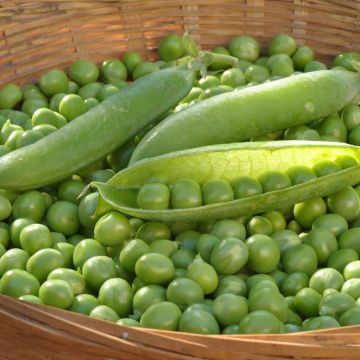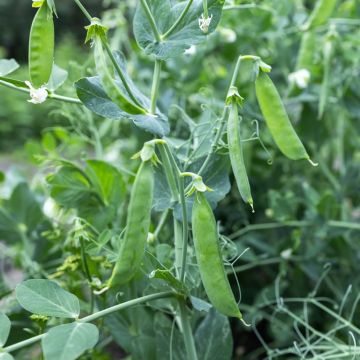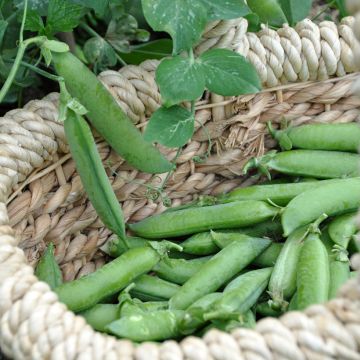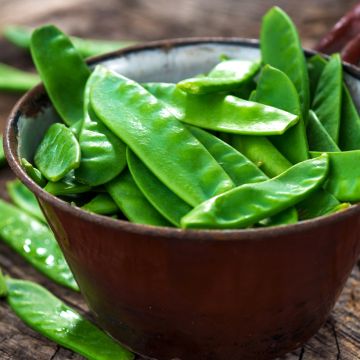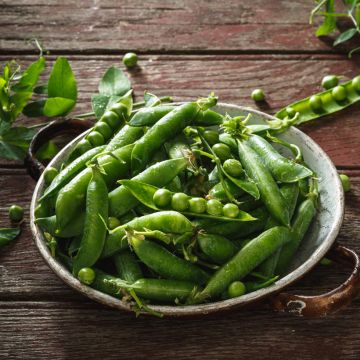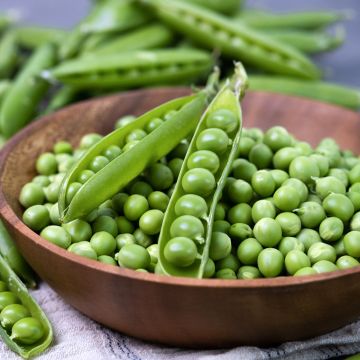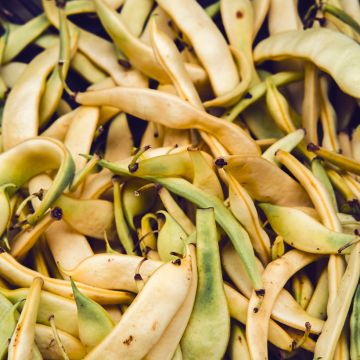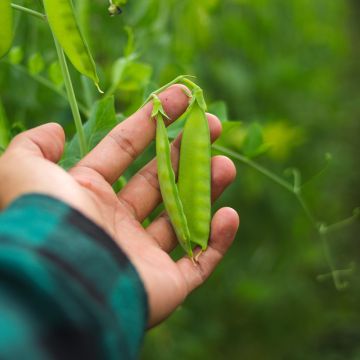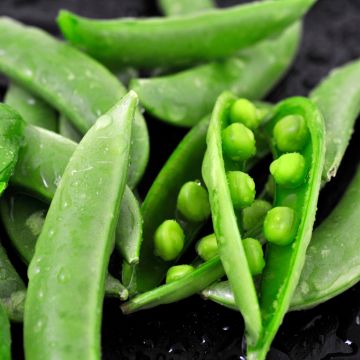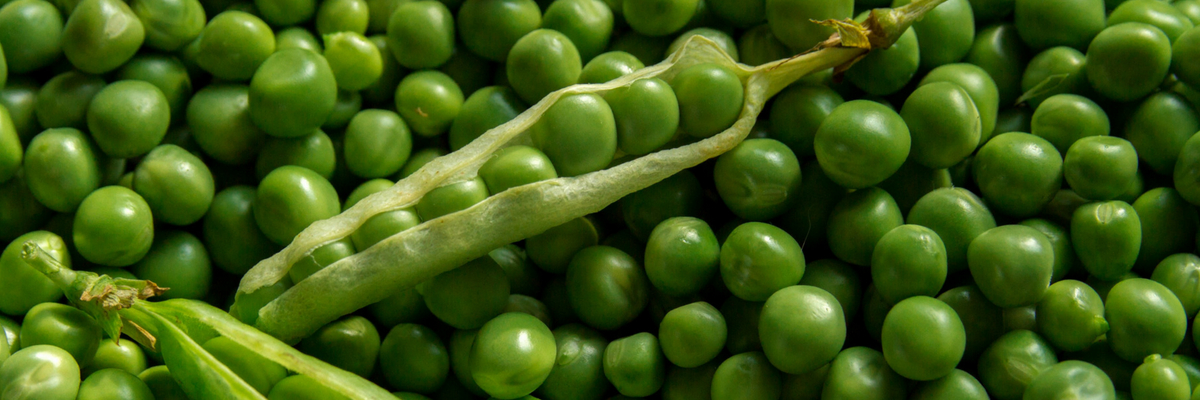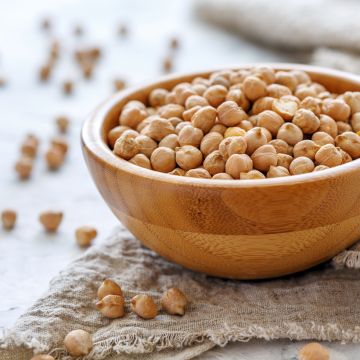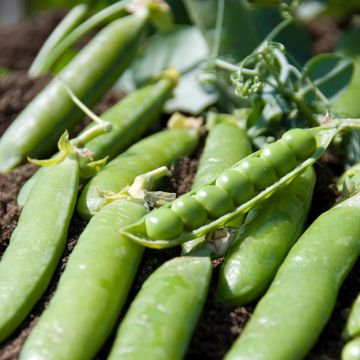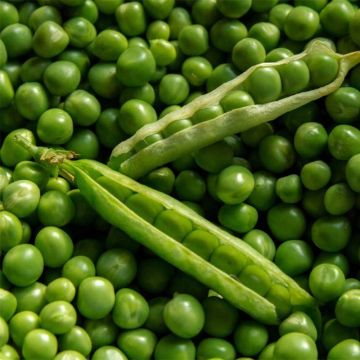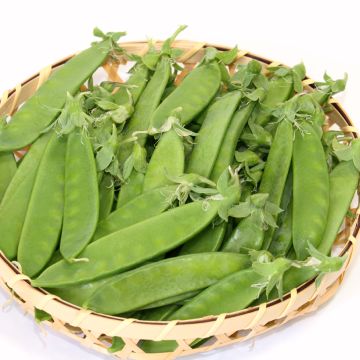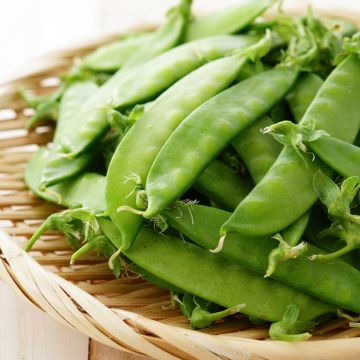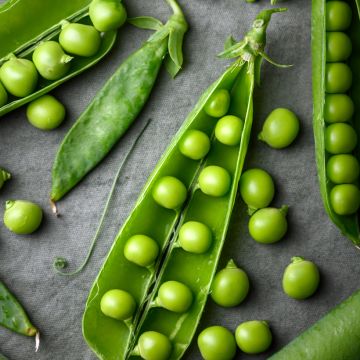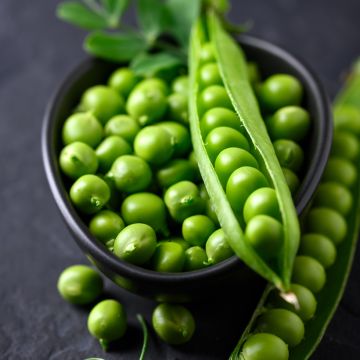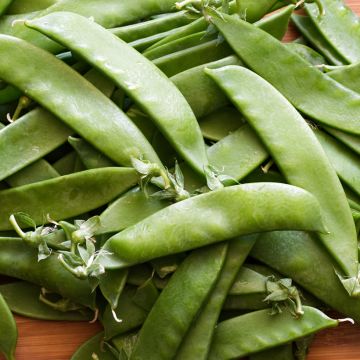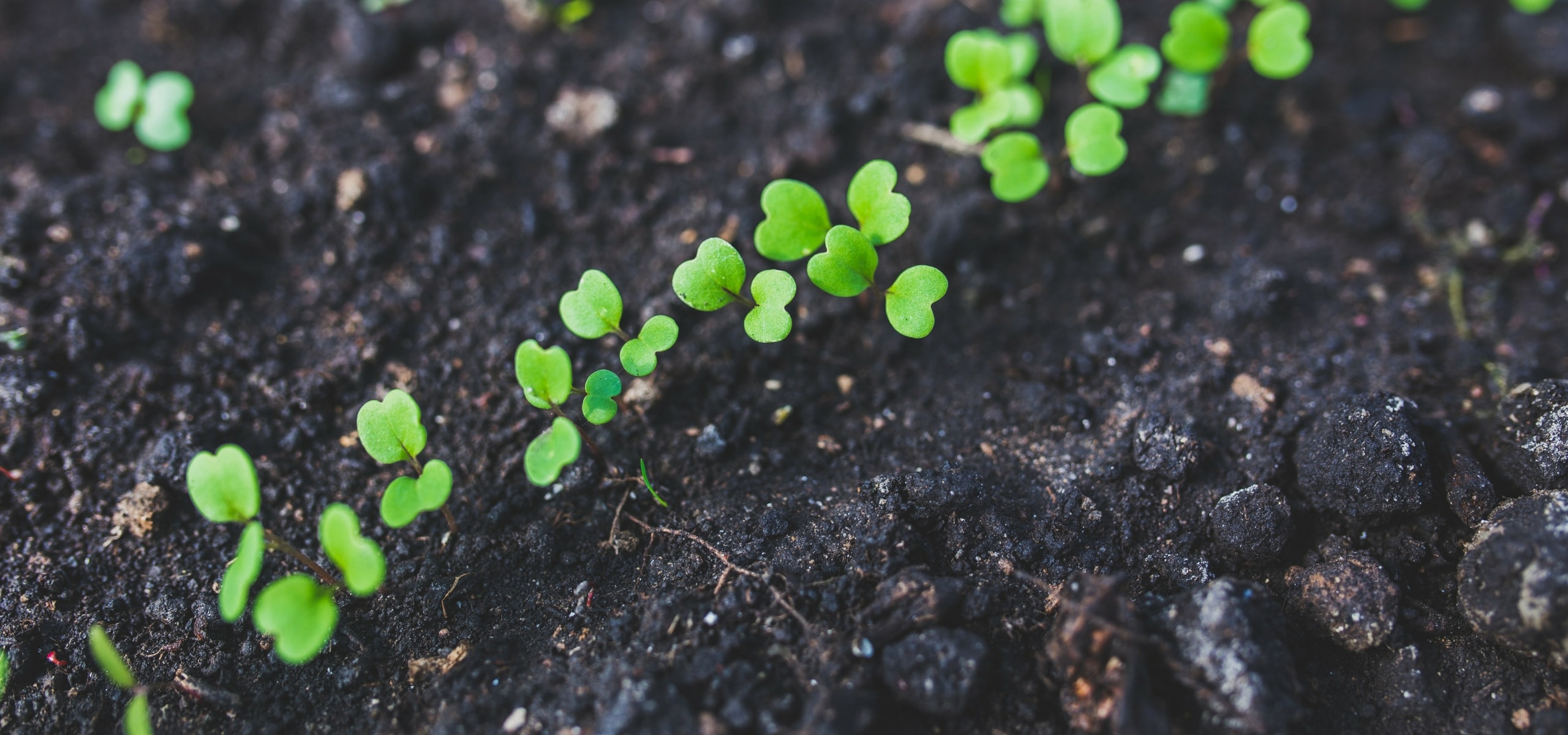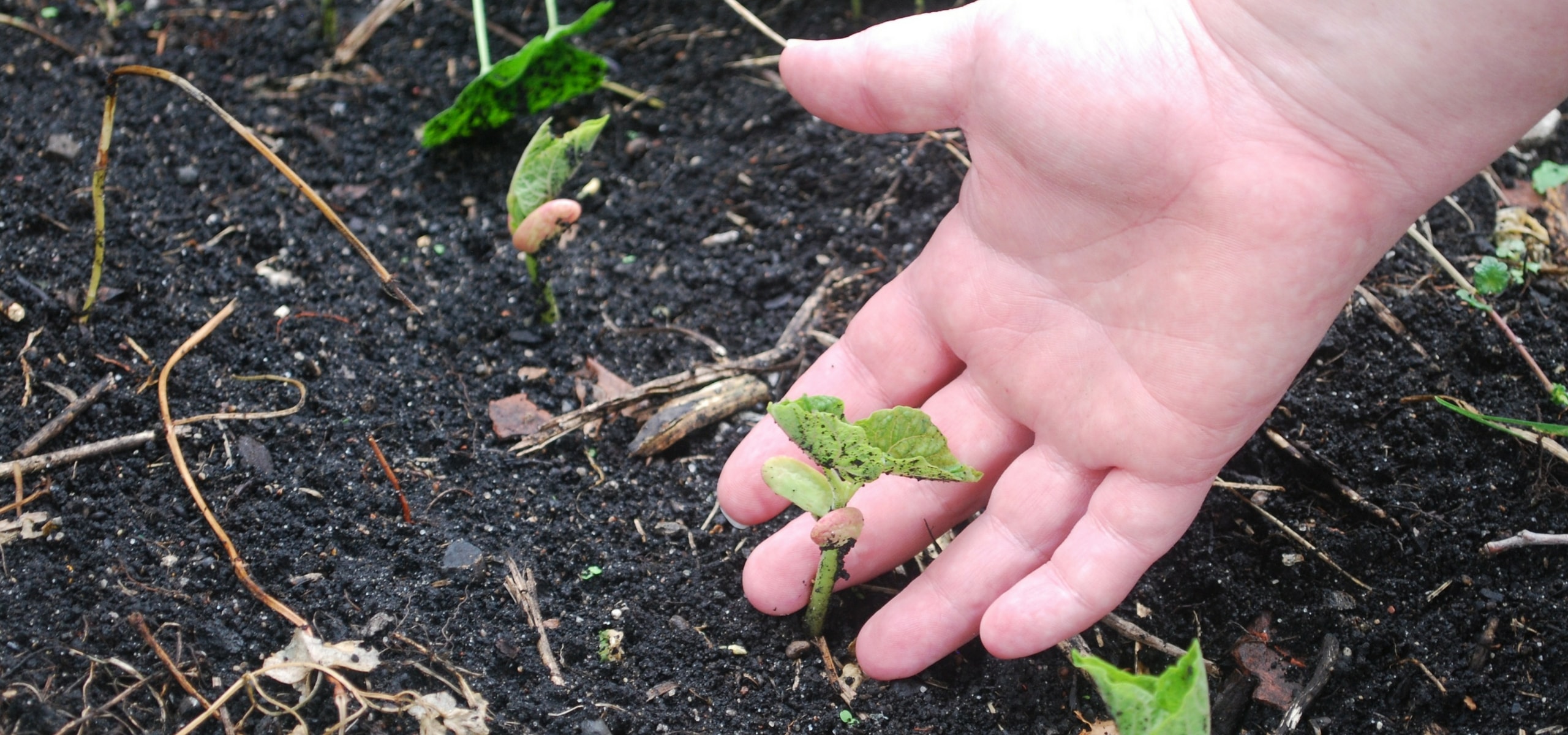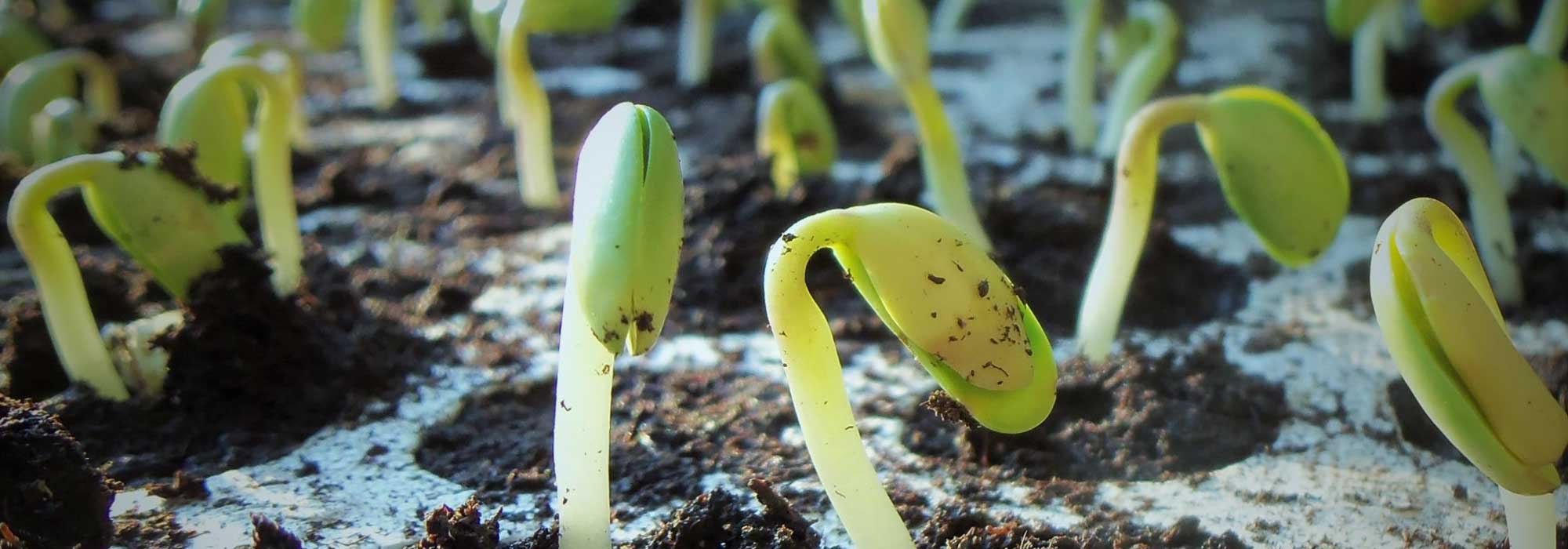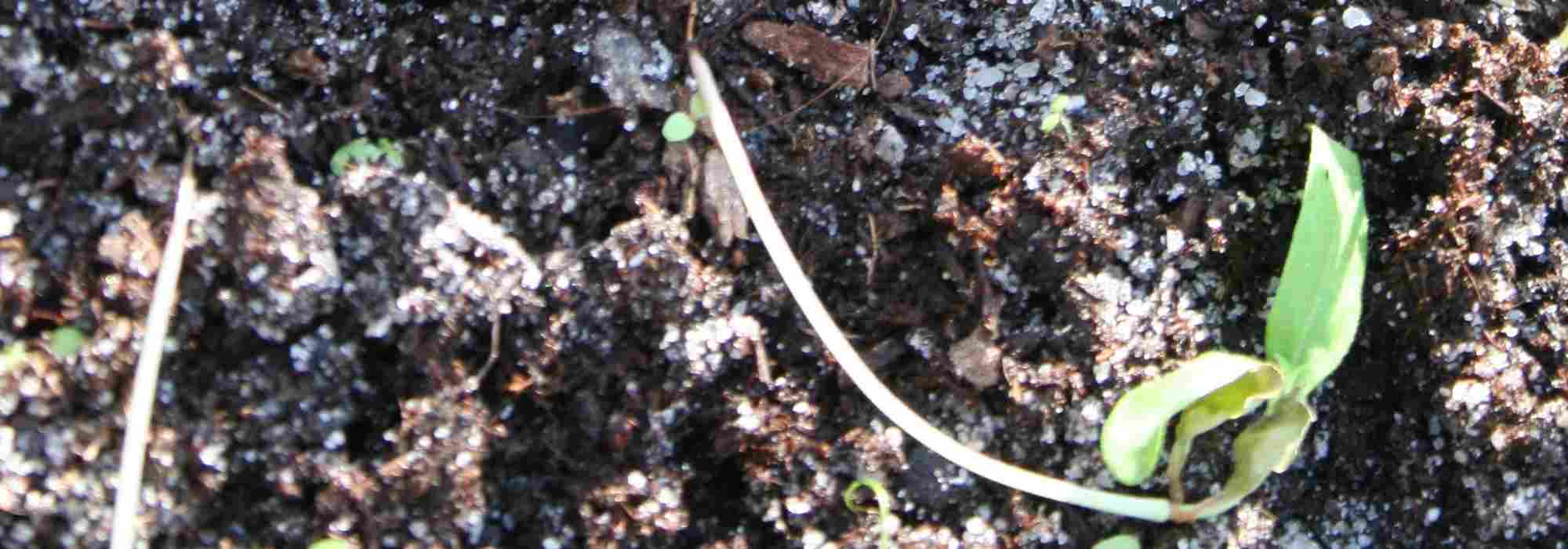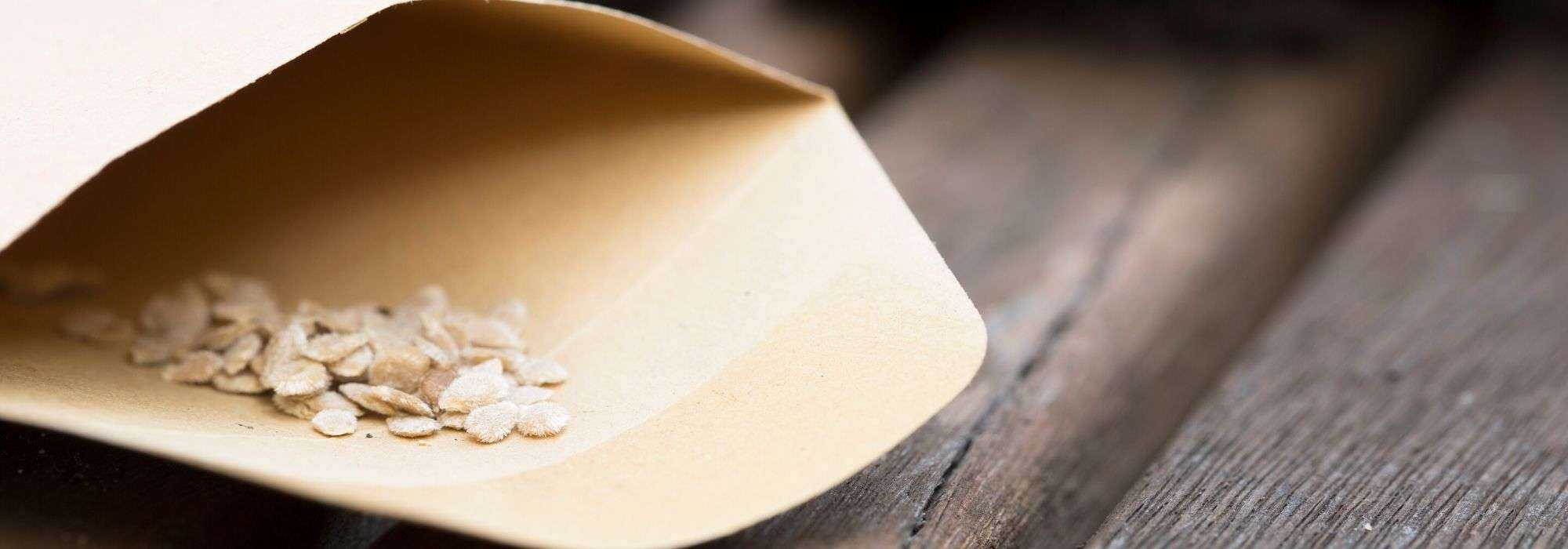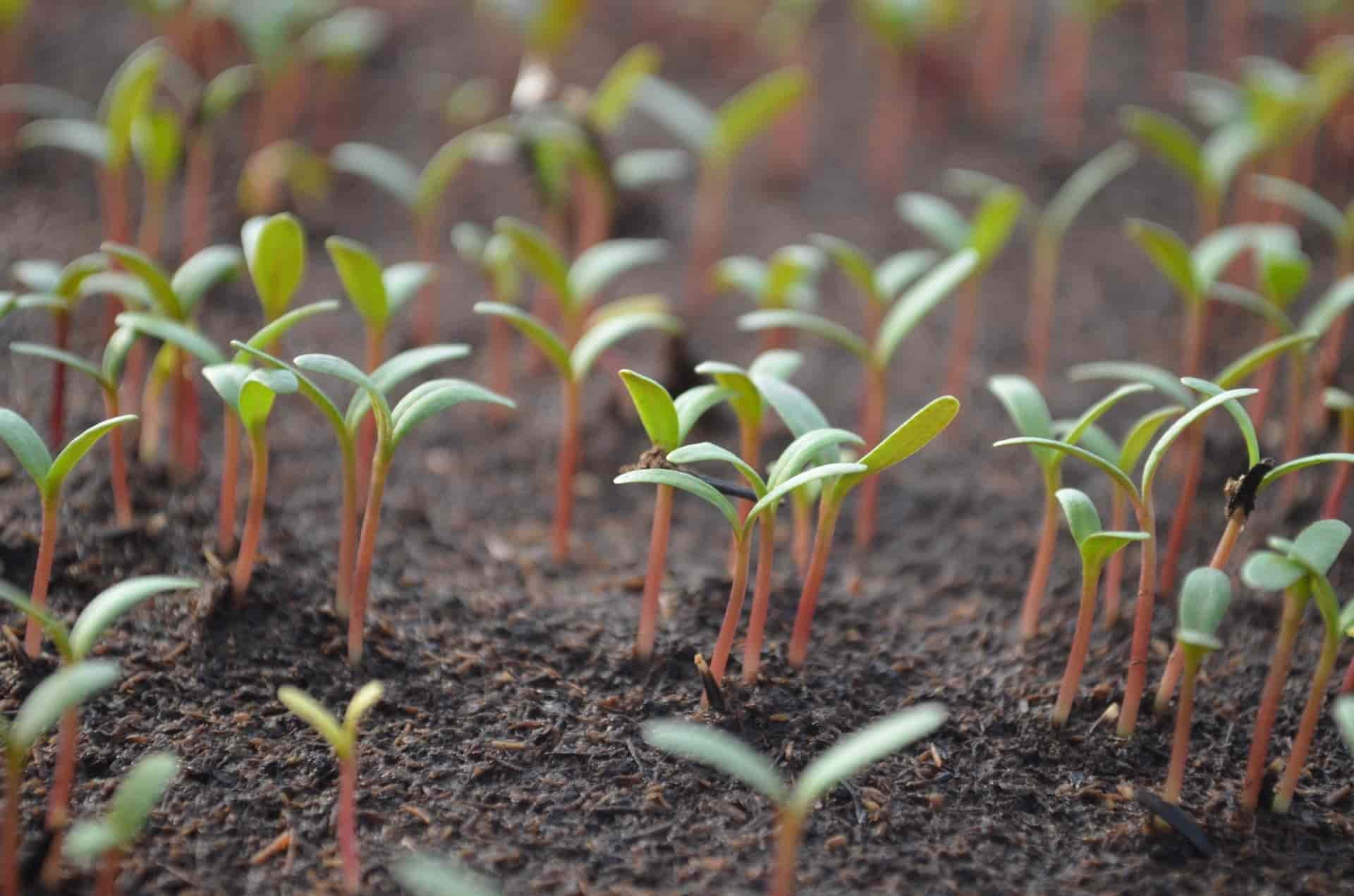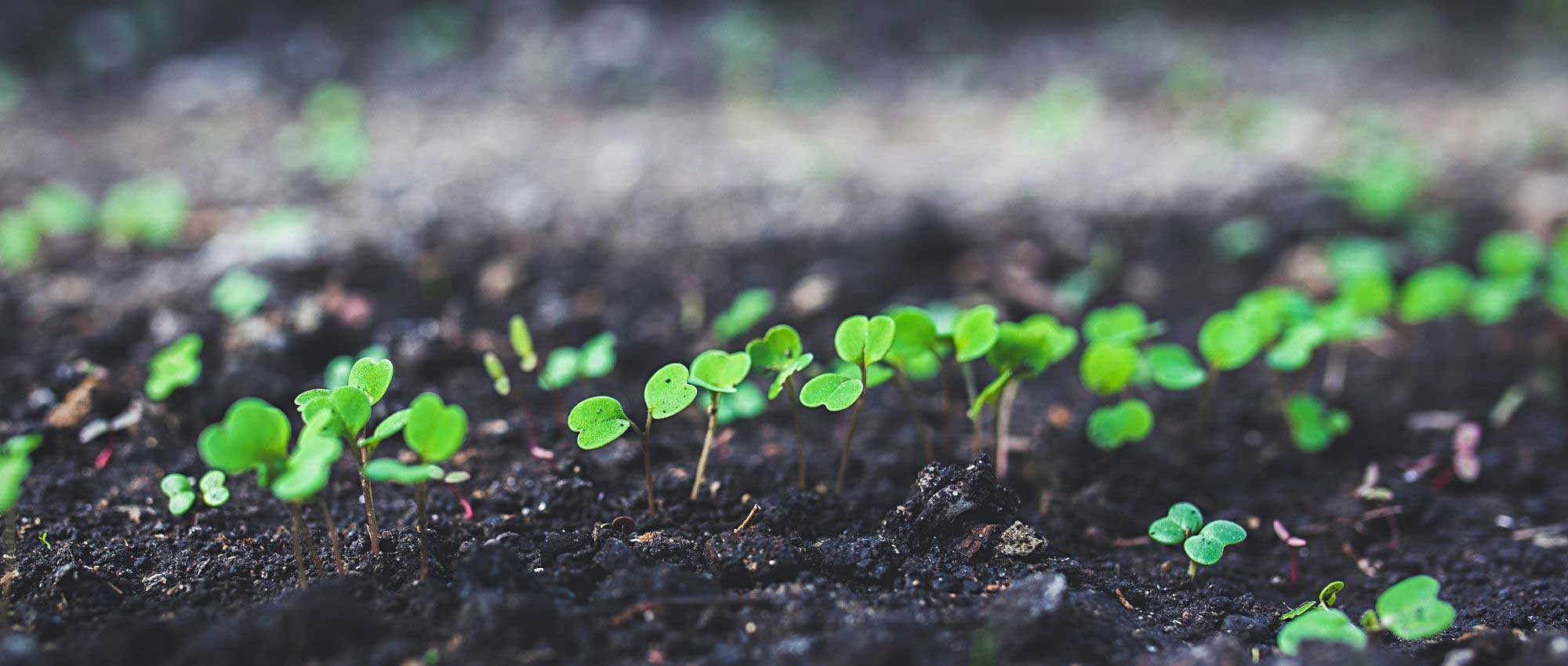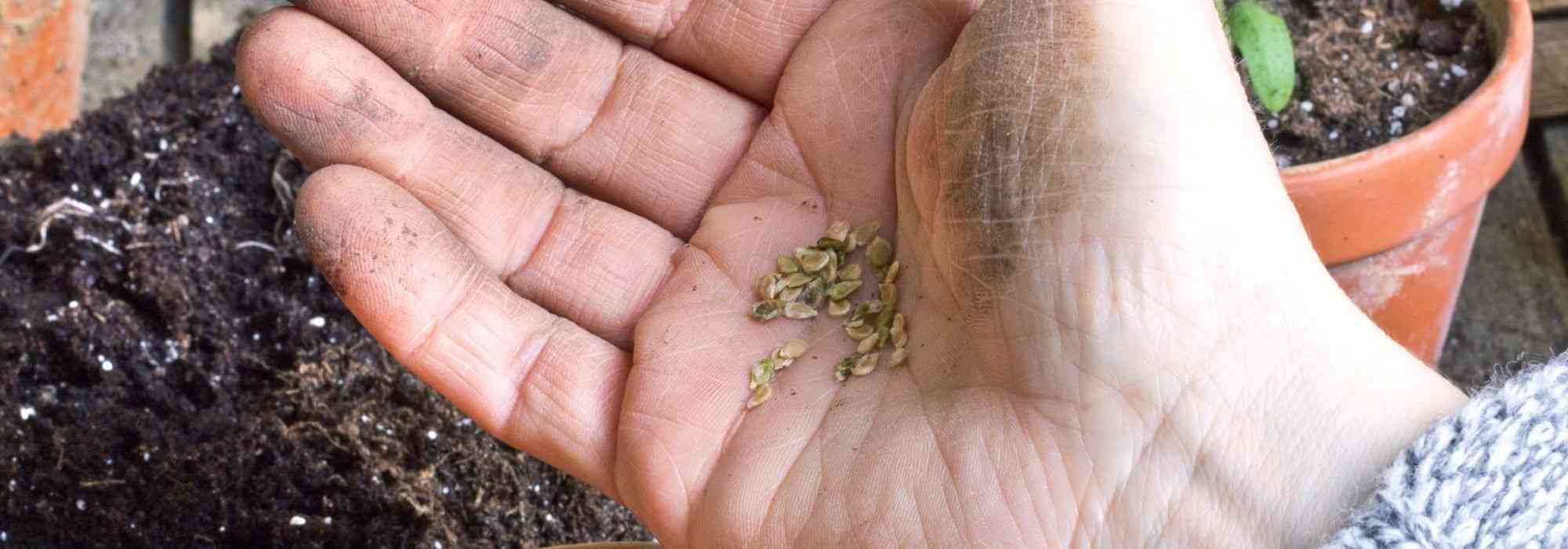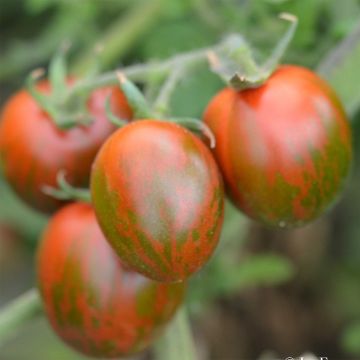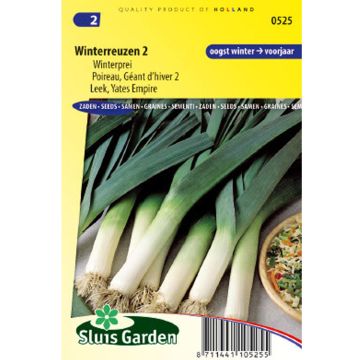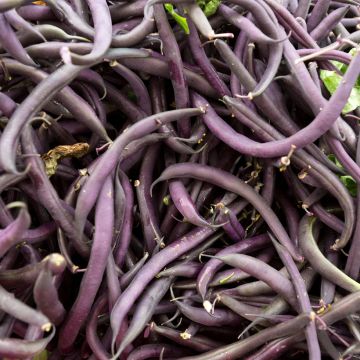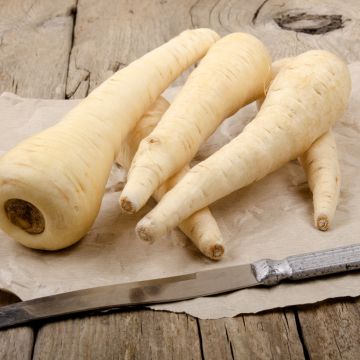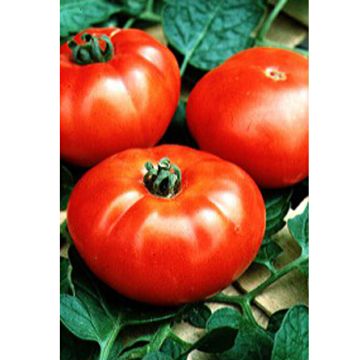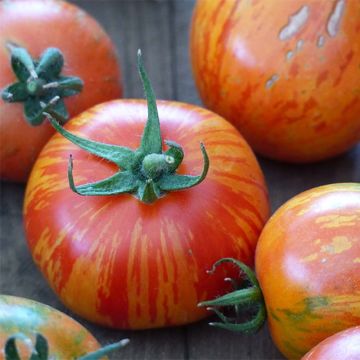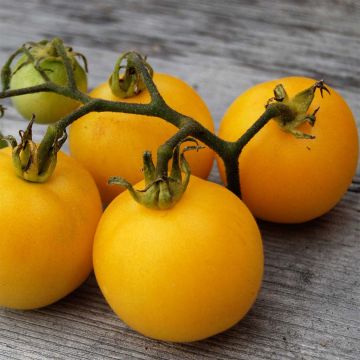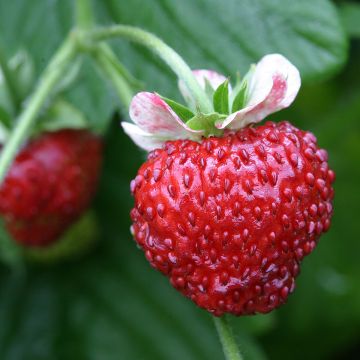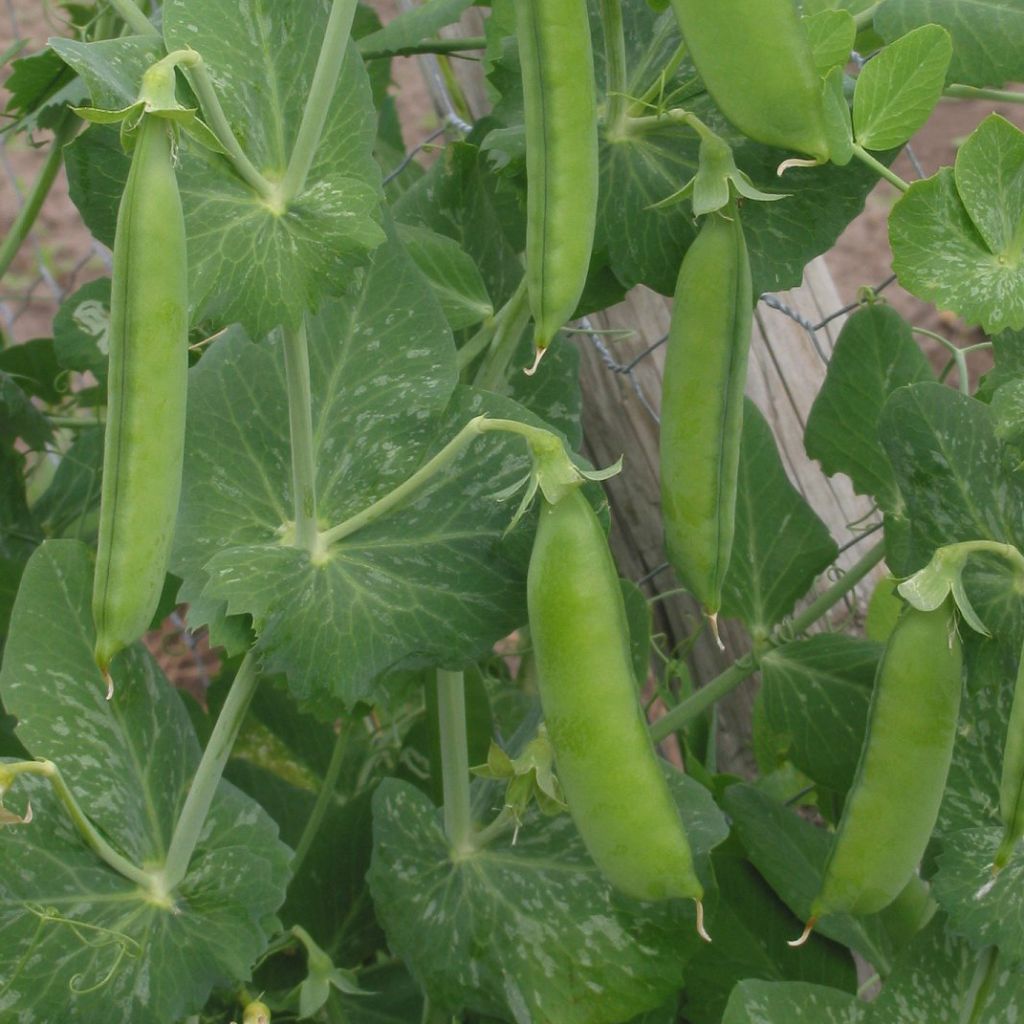

Dwarf Pea Markana
Dwarf Pea Markana
Pisum sativum Markana
Garden Pea
Hello, I had my seeds from last year and I sowed them this year. The seeds didn't germinate? Is this normal? Or do seeds not keep from one year to the next? Thanks
dominique, 27/04/2020
Special offer!
Receive a €20 voucher for any order over €90 (excluding delivery costs, credit notes, and plastic-free options)!
1- Add your favorite plants to your cart.
2- Once you have reached €90, confirm your order (you can even choose the delivery date!).
3- As soon as your order is shipped, you will receive an email containing your voucher code, valid for 3 months (90 days).
Your voucher is unique and can only be used once, for any order with a minimum value of €20, excluding delivery costs.
Can be combined with other current offers, non-divisible and non-refundable.
Why not try an alternative variety in stock?
View all →This plant carries a 6 months recovery warranty
More information
We guarantee the quality of our plants for a full growing cycle, and will replace at our expense any plant that fails to recover under normal climatic and planting conditions.
Description
'Markana' pea is a dwarf shelling variety that produces dark green pods filled with wrinkled seeds. The 60 cm tall plants are semi-leafless, making harvesting much easier. Sow from March to May and harvest from June to August.
The pea (Pisum sativum) is a popular annual vegetable belonging to the Fabaceae family, grown for its edible pods and/or seeds. The wild pea is thought to originate from the Mediterranean basin and the Near East. It is one of the oldest cultivated crops in Europe and Asia and is now a staple food worldwide. Peas were originally grown for their dry seeds that were crushed before cooking. During the 17 and 18th century, the consumption of fresh, immature peas became increasingly popular. This resulted in the selection of new cultivars in England and America, a number of which are still around today. Cultivated peas fall into three main categories:
- Garden or English peas produce plump, round seeds in tough fibrous pods. There is an enormous amount of varieties to choose from, from smooth-seeded spring peas to later-maturing wrinkled-seeded peas. All peas in this category need to be shelled.
- Mangetout or snow peas are grown for their edible flat and tender pods that are picked before the seeds are fully formed. They are commonly used in Chinese cuisine.
- Sugar snap peas look pretty similar to garden peas. They are grown for their thick, tasty pods and full-sized seeds and are best harvested young.
Depending on the variety, pea plants have a dwarf or tall (climbing) growth habit. Tall peas are generally more productive; however, they require a support such as a trellis or wigwam to scramble up as they can easily reach 2 m in height. Dwarf varieties will make do with pea netting or short sticks (50 cm-1 m). More recent afila type varieties are self-supporting as most of the leaves have been replaced with tendrils.
Although often considered a spring crop, peas can actually be harvested all summer long. Start the year with smooth-seeded peas as these are particularly early-maturing and resistant to cold, damp weather conditions. They can be sown under cover as early as February. Then move on to wrinkled-seeded varieties for later sowings. These sweet-tasting peas have a much better tolerance to heat and can be harvested over a long period of time.
Peas are packed full of nutrients. They contain high levels of starch, fibre, minerals and vitamins, including vitamins C and B9. They are also an excellent source of vegetable protein. Peas can be eaten both raw and cooked. They are a real treat eaten straight off the plant or lightly steamed as an accompaniment to meat and fish dishes.
Peas enjoy cool, humid climates. They dread extreme weather conditions such as excessively hot or cold temperatures, too little or too much water etc. as this weakens the plant and makes it sensitive to powdery mildew. Pea moths can also cause considerable damage to crops. This can be prevented by covering your plants with insect mesh during the flight period.
Harvest: peas are harvested between 2 1/2 and 4 months after sowing, depending on the variety. Make sure to harvest regularly to stimulate fruit production and be aware that, if left too long, peas and pods will lose their sweetness and turn tough. Garden peas should be picked when the pods feel nice and full. Mangetout and snap peas are harvested just as the seeds start to appear.
Storage: fresh unshelled peas will keep for several days in the fridge. They can also be blanched then frozen for later use.
Good to know: Like all members of the Fabaceae family, peas are nitrogen-fixing plants. They are often used in crop rotations to enrich the soil before or after plants that require lots of nitrogen to grow.
Harvest
Plant habit
Foliage
Botanical data
Pisum
sativum
Markana
Fabaceae
Garden Pea
Cultivar or hybrid
Annual
Other Pea seeds
View all →Planting and care
Sowing
Soak the seeds in water 24 hours prior to sowing to encourage germination.
Wrinkled-seeded varieties: sow from mid-March to late May, when the temperature is 7 to 10°C at night and 18 to 23°C during the day.
Smooth-seeded varieties: sow in autumn around October-November to harvest as early as April, or sow from mid-February until late April for summer harvests. Although smooth-seeded peas are able to germinate in cold weather, it is best to protect the seedlings with garden fleece. This ensures more uniform germination rates as well as protecting the seedlings from birds.
For tall peas, sow the seeds in furrow, 2-3 cm deep and 2 cm apart. Leave 70 cm between each furrow. Cover the seeds with soil, firm down and water lightly. Thinning is not necessary.
Care
A few days after germination, hoe between the rows and water lightly. Mulch around the rows when the seedlings are well established, preferably after a rainy spell. Make sure to keep the soil moist at all times: lack of water (water stress) will result in poorer yields it causes flowers to wilt and prevents pods from maturing. Excess water causes the flowers to abort. Maintaining constant soil moisture also helps prevent infestations from pea thrips (thunderflies).
Three to four weeks after germination, carefully hoe around the young plants and bury the base of the stems under about 10 cm of soil to promote root growth. Install support such as netting, mesh or pea sticks (willow, hazelnut, privet ...). Tall peas can grow up to 2 m high. Dwarf peas, though low-growing, still benefit from support as this prevents the plants from collapsing under their own weight.
Seedlings
Care
Intended location
Planting & care advice
-
, onOrder confirmed
Reply from on Promesse de fleurs
Similar products
Haven't found what you were looking for?
Hardiness is the lowest winter temperature a plant can endure without suffering serious damage or even dying. However, hardiness is affected by location (a sheltered area, such as a patio), protection (winter cover) and soil type (hardiness is improved by well-drained soil).

Photo Sharing Terms & Conditions
In order to encourage gardeners to interact and share their experiences, Promesse de fleurs offers various media enabling content to be uploaded onto its Site - in particular via the ‘Photo sharing’ module.
The User agrees to refrain from:
- Posting any content that is illegal, prejudicial, insulting, racist, inciteful to hatred, revisionist, contrary to public decency, that infringes on privacy or on the privacy rights of third parties, in particular the publicity rights of persons and goods, intellectual property rights, or the right to privacy.
- Submitting content on behalf of a third party;
- Impersonate the identity of a third party and/or publish any personal information about a third party;
In general, the User undertakes to refrain from any unethical behaviour.
All Content (in particular text, comments, files, images, photos, videos, creative works, etc.), which may be subject to property or intellectual property rights, image or other private rights, shall remain the property of the User, subject to the limited rights granted by the terms of the licence granted by Promesse de fleurs as stated below. Users are at liberty to publish or not to publish such Content on the Site, notably via the ‘Photo Sharing’ facility, and accept that this Content shall be made public and freely accessible, notably on the Internet.
Users further acknowledge, undertake to have ,and guarantee that they hold all necessary rights and permissions to publish such material on the Site, in particular with regard to the legislation in force pertaining to any privacy, property, intellectual property, image, or contractual rights, or rights of any other nature. By publishing such Content on the Site, Users acknowledge accepting full liability as publishers of the Content within the meaning of the law, and grant Promesse de fleurs, free of charge, an inclusive, worldwide licence for the said Content for the entire duration of its publication, including all reproduction, representation, up/downloading, displaying, performing, transmission, and storage rights.
Users also grant permission for their name to be linked to the Content and accept that this link may not always be made available.
By engaging in posting material, Users consent to their Content becoming automatically accessible on the Internet, in particular on other sites and/or blogs and/or web pages of the Promesse de fleurs site, including in particular social pages and the Promesse de fleurs catalogue.
Users may secure the removal of entrusted content free of charge by issuing a simple request via our contact form.
The flowering period indicated on our website applies to countries and regions located in USDA zone 8 (France, the United Kingdom, Ireland, the Netherlands, etc.)
It will vary according to where you live:
- In zones 9 to 10 (Italy, Spain, Greece, etc.), flowering will occur about 2 to 4 weeks earlier.
- In zones 6 to 7 (Germany, Poland, Slovenia, and lower mountainous regions), flowering will be delayed by 2 to 3 weeks.
- In zone 5 (Central Europe, Scandinavia), blooming will be delayed by 3 to 5 weeks.
In temperate climates, pruning of spring-flowering shrubs (forsythia, spireas, etc.) should be done just after flowering.
Pruning of summer-flowering shrubs (Indian Lilac, Perovskia, etc.) can be done in winter or spring.
In cold regions as well as with frost-sensitive plants, avoid pruning too early when severe frosts may still occur.
The planting period indicated on our website applies to countries and regions located in USDA zone 8 (France, United Kingdom, Ireland, Netherlands).
It will vary according to where you live:
- In Mediterranean zones (Marseille, Madrid, Milan, etc.), autumn and winter are the best planting periods.
- In continental zones (Strasbourg, Munich, Vienna, etc.), delay planting by 2 to 3 weeks in spring and bring it forward by 2 to 4 weeks in autumn.
- In mountainous regions (the Alps, Pyrenees, Carpathians, etc.), it is best to plant in late spring (May-June) or late summer (August-September).
The harvesting period indicated on our website applies to countries and regions in USDA zone 8 (France, England, Ireland, the Netherlands).
In colder areas (Scandinavia, Poland, Austria...) fruit and vegetable harvests are likely to be delayed by 3-4 weeks.
In warmer areas (Italy, Spain, Greece, etc.), harvesting will probably take place earlier, depending on weather conditions.
The sowing periods indicated on our website apply to countries and regions within USDA Zone 8 (France, UK, Ireland, Netherlands).
In colder areas (Scandinavia, Poland, Austria...), delay any outdoor sowing by 3-4 weeks, or sow under glass.
In warmer climes (Italy, Spain, Greece, etc.), bring outdoor sowing forward by a few weeks.































